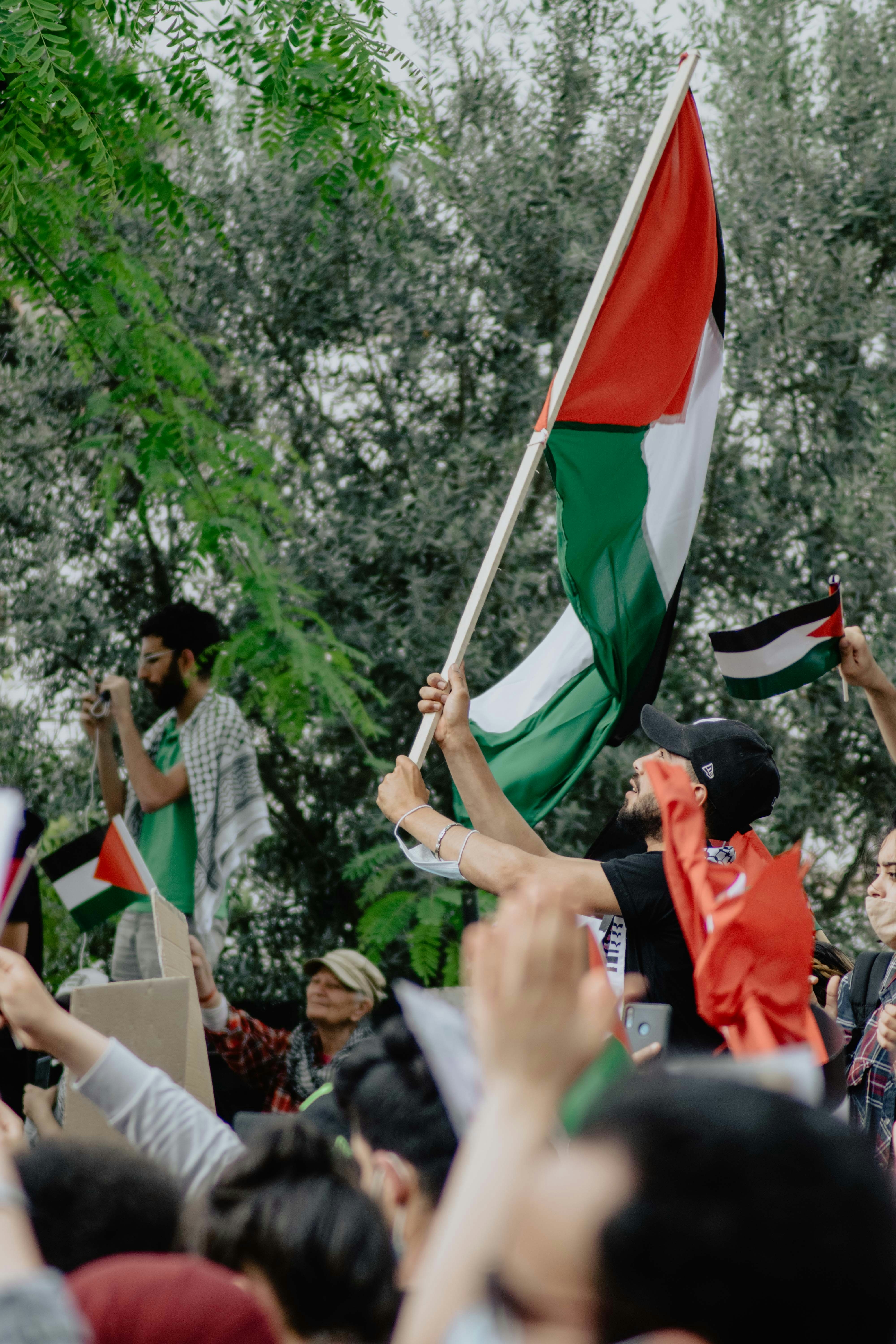Gaza Ceasefire Marks End Of 15-Month Conflict: A Turning Point In Regional Stability

After 15 months of intense conflict, a ceasefire has been announced between Israel and Hamas, bringing a halt to hostilities that have caused significant loss of life and widespread destruction. The truce, brokered by international mediators, is being hailed as a potential turning point for the region. This agreement has sparked cautious optimism among Palestinians and Israelis, raising hopes for a lasting peace in the future.
Background of the Conflict
The 15-month conflict was marked by recurring escalations, with both sides suffering heavy casualties and extensive damage to infrastructure. Tensions erupted following disputes over land, sovereignty, and the treatment of Palestinian residents in contested areas. Airstrikes, rocket attacks, and ground operations devastated communities in Gaza and parts of Israel, exacerbating humanitarian crises and deepening mistrust between the two parties.
The roots of the conflict trace back decades, tied to historical grievances and failed attempts at peace. This recent period of violence underscores the urgent need for long-term solutions to address the underlying causes of the unrest.
The Path to the Ceasefire
The road to the ceasefire was fraught with challenges, requiring extensive negotiations led by international mediators, including Egypt, Qatar, and the United Nations. Diplomatic channels were re-opened following heightened global pressure to end the violence, which had drawn widespread condemnation for its human toll and impact on civilians.
Key breakthroughs occurred after both sides agreed to focus on humanitarian needs and ease restrictions in Gaza. Mediators emphasized confidence-building measures, such as prisoner exchanges and the restoration of critical infrastructure, laying the groundwork for the truce.
Immediate Reactions to the Announcement
The ceasefire announcement was met with mixed emotions. Political leaders in Israel and Gaza expressed cautious optimism, framing the agreement as a necessary step toward stability. Meanwhile, celebrations erupted in parts of Gaza and Israel, with civilians welcoming the pause in hostilities.
“This is a moment of hope, but also a moment of vigilance,” said an official from one of the mediating nations. Many experts have urged all parties to remain committed to the truce and avoid actions that could reignite tensions.
Implications for Regional Stability
The ceasefire has significant implications for the region. It offers a chance to rebuild trust and create opportunities for dialogue. Neighboring countries, including Egypt and Jordan, have expressed support for the truce and pledged to assist in reconstruction efforts in Gaza.
International actors, such as the United Nations and the United States, have emphasized the importance of sustaining the ceasefire to pave the way for a broader peace process. However, the agreement’s success depends on both parties maintaining restraint and addressing long-standing grievances.
Challenges Moving Forward
While the ceasefire is a welcome development, significant challenges remain. Unresolved issues, such as the blockade of Gaza, the status of Jerusalem, and settlement expansions, continue to fuel tensions. Without concrete steps to address these underlying problems, the risk of renewed violence looms large.
The humanitarian situation in Gaza also requires urgent attention. Thousands of displaced families need housing, healthcare systems are overstretched, and economic recovery will take years. Sustained international support will be critical to meet these needs and prevent further instability.
Conclusion
The ceasefire marks a pivotal moment in the Gaza conflict, offering a glimmer of hope for a region scarred by decades of violence. While the path forward is fraught with challenges, this agreement presents an opportunity for both sides to move toward reconciliation and peace.
To achieve lasting stability, local leaders, international mediators, and the global community must work together to address the conflict’s root causes and support those affected. The truce is not just an end to fighting but a chance to begin rebuilding lives and fostering dialogue for a better future.
Author: Brett Hurll
The Self-Destructive Nature Of Anti-Tourism Protests: Balancing Resident Concerns With Tourism Benefits
In recent years, anti-tourism protests have become increasingly common across popular tourist destinations. From the Bal... Read more
Military And Strategic Implications Of The Ukrainian Drone Attack In Kursk
On a recent morning, the Kursk region in south-western Russia witnessed an unexpected and significant event: a Ukrainian... Read more
Chinese Tech Stocks Gain Ground Despite Wall Street Technology Sell-Off
Chinese tech shares in Hong Kong gained on Friday, defying a technology stock sell-off on Wall Street, driven by strong ... Read more
Defense Pact Between Britain And Germany: A Focus On Cybersecurity And Joint Operations
In a move set to redefine European defense collaboration, Britain and Germany have signed a comprehensive defense pact a... Read more
US Secret Service Director Steps Down After Trump Assassination Attempt
Security lapses admitted by Kimberly Cheatle prompt resignation.Kimberly Cheatle, the head of the US Secret Service, has... Read more
Kamala Harris Promises A Brighter Future In Official Campaign Launch
In a vibrant and impassioned campaign launch, Vice President Kamala Harris vowed to lead America toward a "brighter futu... Read more

